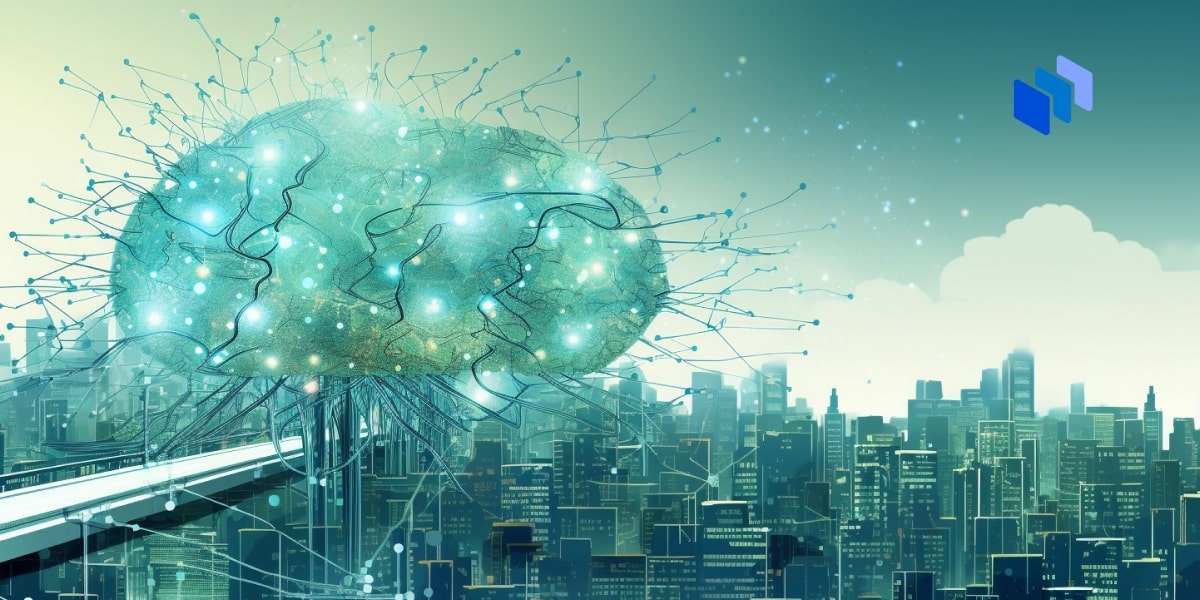Forensic psychology enables law enforcement agencies to execute their roles and responsibilities better.
When a crime occurs, it’s essential to understand the profile of the criminals in terms of their psychological traits, behavioral and activity patterns, history, and other data in the quest for justice.
Traditional forensic psychology has been a critical ally of law enforcement agencies by creating a possible profile of the offenders from the evidence and other details from the crime scene and matching them with the criminals’ database to find matches, if any.
However, until now, the process has been largely manual, with the increasing help of keyword-searching and pattern-matching. But as with many other industries, artificial intelligence (AI) can step in here and automate the processing of information and assist in creating an accurate profile for law enforcement agencies.
Forensic Psychology Without AI
Forensic psychologists apply the theories of psychology to the various aspects of crime, intending to understand areas such as offender psychology, background, motive, patterns, and the potential recurrence of the crime. This enables better investigation and the closure of cases.
A typical day in the life of a forensic psychologist might involve reviewing the details of offenders, discussions with members of law enforcement agencies, exchanging notes, reviewing progress in cases, and offering suggestions and inputs. It may also include interviewing criminals, visiting crime sites, and partaking in the collection and review of evidence, and more.
Given the magnitude, variety, and complexity of crimes — often not all in the same physical area — law enforcement agencies might struggle to drive cases to just and speedy closures.
Forensic Psychology with AI
Let’s understand the impact of AI with a real-life case study. Forensic scientists from the Universities of Northumbria University, King’s College London, University of Lausanne, and La Sapienza University of Rome have established how AI could facilitate a speedy trial of murders. An important step in the closure of the case is producing court-worthy evidence.
Before AI, law enforcement agencies would manually recreate the crime at the location to understand the crime and produce the time-consuming evidence. Now, an AI method known as quantitative profile-profile relationship (QPPR) modeling can make sense of the crime and provide insights. For example, it can identify the type of weapon used in the crime based on the spent bullet cases, the residue of ammunition left on the ground, wounds, and the hand used in firing the gun.
According to Dr Leon Barrona, a reader in Analytical & Environmental Sciences at the Imperial College in London,
“Every case is going to be different in forensic science – there are many variables to consider; different times, locations, scenarios, etc. We’ve shown that despite these variables and the complexity of gunshot residue when it comes out of the end of a gun, it is possible with machine learning to drag all that information back together again to find the original ammunition used.
“Machine learning represents one of the most promising ways to make sense of evidence more rapidly to support criminal investigations. “The quantitative profile-profile relationship (QPPR) modeling can ensure speedy and accurate evidence-gathering and provide law enforcement agencies with court-worthy evidence to produce”.
5 Differences AI Makes to Forensic Psychology
Facial Recognition
An artist at a police station makes sketches to create a picture of a criminal based on the descriptions of witnesses. AI can navigate thousands of existing pictures of criminals and provide potential matches with the sketch in a matter of a few seconds. Facial recognition is a very effective way of identifying offenders.
Predictive Policing
Predictive policing involves predicting crimes or incidents of outbreaks of violence to enable law enforcement agencies to take pre-emptive action. AI can review the databases of crime-prone areas that have witnessed outbreaks of acts of violence in the past and identify the times of the years or triggers to acts of violence, helping police manage resources effectively.
Text and Language Analysis
AI can analyze text content in the forms of threatening emails, letters, or social media posts in terms of language, tone, sentiment, handwriting, words, linguistic patterns, and more to offer insights. For example, linguistic patterns can help distinguish between a non-native speaker of a language and a native speaker.
Lie Detection
When officers or forensic psychologists interview or interrogate a suspect, AI-enabled cameras can detect lies or deceptive responses by analyzing facial expressions, changes in the color of the face, eye movements, and more variables.
Behavior profiling
It helps to have a detailed profile of criminals or suspects for current or future references and comparisons. However, that involves a painstaking collection of evidence and details.
With its ability to detect and analyze data such as facial data, fingerprints, behavioral patterns, history, and more, AI can quickly create and organize multiple databases that will store behavior profiles.
The Bottom Line
AI is going to be a strong and permanent ally of forensic psychologists. Countries like the US, UK, and China have been extensively employing AI in law enforcement.
However, it needs to be noted that AI complements forensic psychologists and doesn’t replace them.
In the context of growing acts of crimes and acts of violence and the added complexity social media brings, the task of understanding crimes, patterns, and behavior is extremely onerous, and with its unrelenting accuracy and speed, AI could be just what the doctor ordered.







